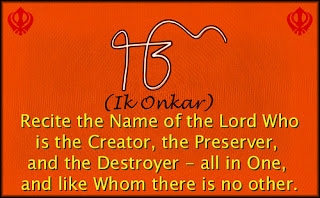 Turban is an inseparable part of a Sikh's Life. Since Sri Guru Nanak Dev Ji, the founder of Sikhism, wearing the turban, all Sikhs are wearing the turban. Turban means a head covering worn by men and women too, made up of a cloth wrapped around the head. The tying of a turban and keeping unshorn long hairs gave the Sikhs a unique and easily recognizable identity all over the world.
Turban is an inseparable part of a Sikh's Life. Since Sri Guru Nanak Dev Ji, the founder of Sikhism, wearing the turban, all Sikhs are wearing the turban. Turban means a head covering worn by men and women too, made up of a cloth wrapped around the head. The tying of a turban and keeping unshorn long hairs gave the Sikhs a unique and easily recognizable identity all over the world.
Guru Gobind Singh. In 1699, he called all Sikhs together and formalized a standard identity. He gave Sikhs five articles of faith, including kesh (uncut hair), meant for women and men equally. Men traditionally wrapped their long hair in turbans. Some women wear turbans too, but most simply cover their heads with headscarves when praying. Guru Gobind Singh requested all Sikhs to drop their surnames (a marker of social status), and instead, embrace a shared surname: all women adopted the last name "Kaur" and men took the last name "Singh."




